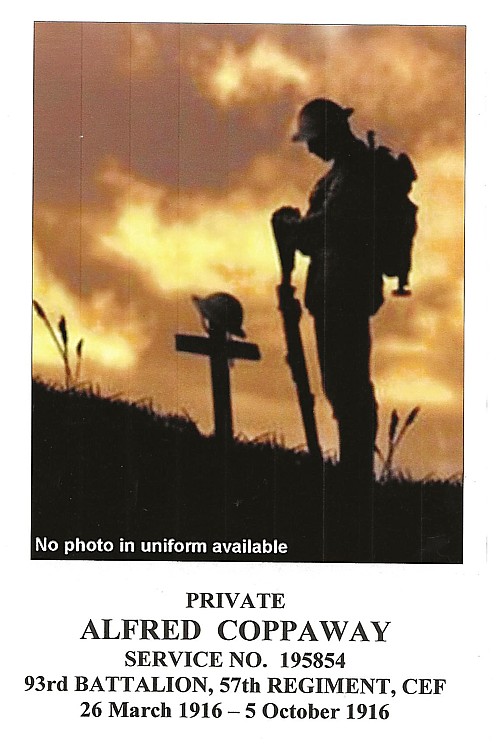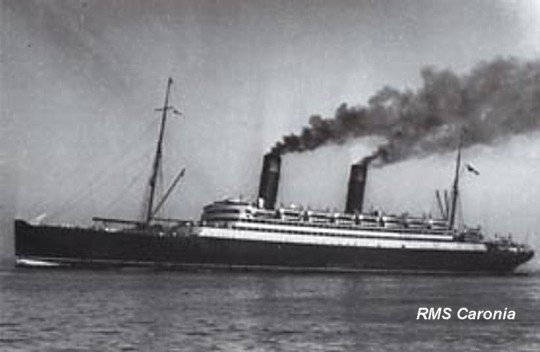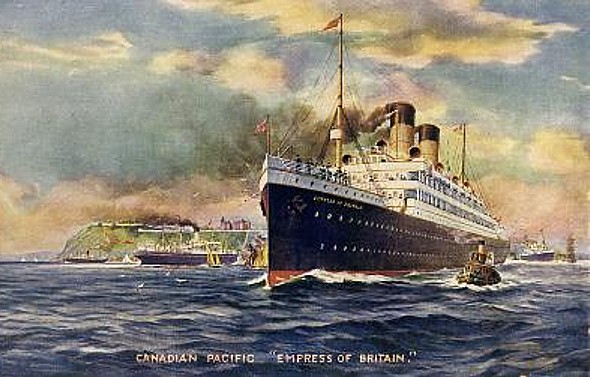
MILITARY HISTORY
Private Alfred Coppaway – 195854 – Active Service (World War I)
On March 25th, 1916 Alfred Coppaway completed the Attestation Paper for the Canadian Expeditionary Force (CEF), in Peterborough, Ontario. He was 44 years, and 10 months old, married to Ellen Coppaway, with 6 children; he enlisted for the duration of the War. Alfred Coppaway indicated that he was born in Hiawatha Ontario and gave his birth date as May 24th, 1871.
The Attestation Paper does not indicate where he was educated or to what level. His current address was listed as Chemong, Ontario (Curve Lake). He indicated that he had no previous Military experience. As far as his occupation he indicates that he was a ”labourer”. Alfred was 5’ 9’’ tall and had a 40” chest (expanded). He had a dark complexion, brown eyes, and dark grey hair. His medical examination took place in Peterborough, Ontario, on March 25, 1916. He had no medical issues or physical limitations, and as such he was deemed fit.
His next-of-kin was listed as his wife Mrs. Ellen Coppaway.
Alfred Coppaway signed the Oath and Certificate of Attestation on March 25, 1916. The Certificate of Magistrate was signed by the Justice on March 25, 1916 also in Peterborough, Ontario. Alfred Coppaway was taken-on-strength as a ”Private” with the 93rd Battalion, 57th Regiment, CEF and was assigned Regimental Service Number 195854.
The Certificate of Officer Commanding Unit was signed March 26, 1916 also in Peterborough, Ontario.
Alfred embarked out of Halifax aboard the SS Empress of Britain on July 15, 1916 on the same ship as his half-brothers Joshua and William Johnson, and disembarked at Liverpool, England on July 25, 1916.
Alfred was taken on strength C.C.A.C. (Canadian Army Corps) in Bath on August 17, 1916.
Alfred indicated that he had a wife and six children as well as a widowed mother that depended upon him for support, and on September 7th, 1916 he was struck-off-strength from the 93rd Battalion.
On October 4, 1916 Private Coppaway was recommended for permanent base duty with the 93rd Peterborough Infantry Battalion, by W. Bapty, Major, senior medical officer, and approved by D. F. McIntyre, captain for the Army divisional medical services.
Private Coppaway, was then discharged owing to having been declared by the medical board as fit for permanent base duty only, and as no suitable employment on such duty available although fit for employment in civilian life. This was signed by W. F. Kemp on October 4, 1916.
The examining officer stated that Alfred was 47 years old and quite grey. “He looks older and he has some pain in the joints, his legs and staff particularly in wet weather but had this previous to his enlistment. Alfred feels the same as he did on enlistment”.
Alfred set sail for Canada on a troop ship RMS Caronia on October 18, 1916; he landed in Québec on November 18, 1916 and was discharged from the Canadian Discharge Depot in Quebec as being medically unfit for service, although fit for civilian work. His discharge was signed by Martin Allen Lieut. Col.

The File makes no mention of Medals, but based on established Military criteria, having not made it to France; he would not have been eligible for any Medals. Alfred was awarded the War Service Badge “Class B” but no pension was granted. He served a total of 92 days.
An excerpt from an article in Maclean’s by Barbara Ameil, September 1996:
”The Military is the single calling in the world with job specifications that include a commitment to die for your nation. What could be more honourable”.
PERSONAL HISTORY
ALFRED COPPAWAY
Alfred Coppaway was born in Hiawatha on May 24, 1872, the only son of Sarah Spencer and Richard Coppaway. He wasn’t able to attend school but received his life skills education from his family. Alfred married Ellen Taylor, daughter of Mary Hannivan and William Taylor. They had a family of six children – Esther Mae, George “Geordy” Henry, Clara, Flora Beatrice, Luella and Elwood “Norman” Coppaway. By 1911 the family was living on the Mud Lake Indian Reserve – known today as the Curve Lake First Nation.
In March of 1916 Alfred and his half-brothers Joshua, went to Peterborough and enlisted to serve their King and country. Alfred joined up with the 93rd Battalion. On his return, the lakes and woods provided him with a living for many years – fishing and hunting.
Alfred was a Riverman on lumber drives and tugboats and was a link with the past pioneer lumbering industry in this area. He followed the spring log drives and on one occasion he drove 30,000 logs from the east side of Algonquin Park to Healey Falls. It took seven and a half months and made it to his destination by freeze up. He spent eleven seasons on the J.E.A. Fitzgerald cordwood tug “Ajax” and other seasons with Rathburns, the Cavendish lumber, The Dixon Company and Alfred MacDonald. He knew the water routes of the water routes of the upper lakes – it was said that blindfolded, he could take the “Geneva” either up or down the river and never cut a turn wide or short. His one regret was that he never learned to read or write so was unable to get his captain’s papers.
Alfred lost his sight in 1938 and remained blind for the rest of his life. He was a happy man but found that his blindness made him lonely. He was a robust man with the stature and weather-lined face of a lumberjack with a thick head of white hair. He had a merry laugh and loved visitors to drop in for visits. Sadly his wife Ellen passed away on March 9, 1950 and Alfred died in 1957; both are buried in the Curve Lake Cemetery, Curve Lake, ON.
THE ALFRED COPPAWAY FAMILY OF CURVE LAKE
The paternal grandparents of Alfred Coppaway were Margaret and David Coppaway, a well known ‘root doctor’.
The maternal grandparents of Alfred Coppaway were Sarah John and Edwy Spencer.
The parents of Alfred Coppaway were Sarah Spencer born in 1847 and Richard Coppaway born in 1851. Alfred Coppaway was their only child. Richard Coppaway passed away before 1875 when Alfred was very young. He and his mother moved to Curve Lake.
Before her marriage to Richard Coppaway, Sarah Spencer married Henry Cow of Hiawatha First Nation in Peterborough on November 7, 1866. A few years later, she was widowed with no children.
Sarah later married Isaac Johnson and they made their home at Curve Lake First Nation. They had a family of three boys – Isaac, William and Joshua Johnson giving Alfred Coppaway three half-brothers. Isaac was a well-known fishing guide, skilled hunter and trapper. He passed away on June 6, 1914 and Sarah died on July 29, 1916; both are buried in the Curve Lake Cemetery.
